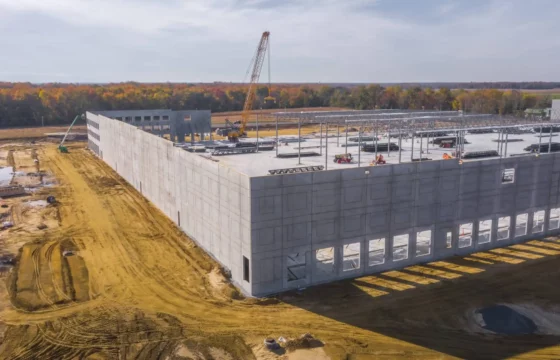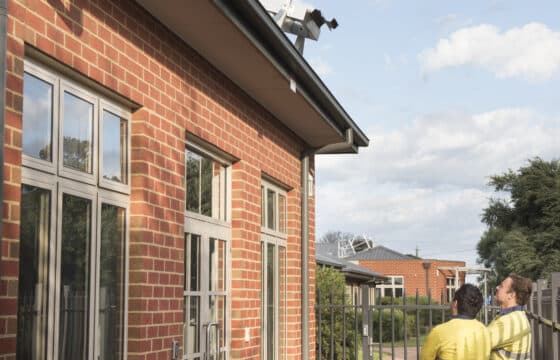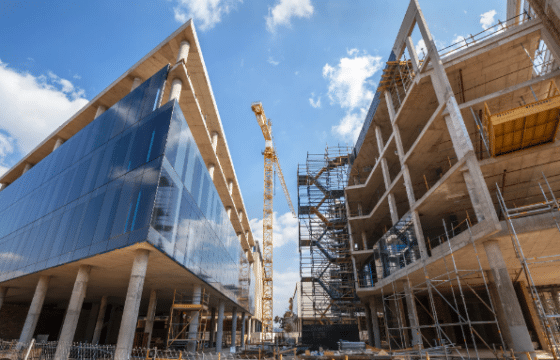Understanding your legal obligation when it comes to height safety
Understanding your legal obligation when it comes to height safety
I recently sat down with renowned OHS lawyer and author Michael Tooma, from Norton Rose, to discuss the law as it relates to height safety and working at heights.
This post is the first in a series that will cover a number of important topics, where Michael will provide his feedback to a selection of questions that we frequently experience when talking to OH&S managers and property managers. In addition I will provide feedback as to the steps you can undertake to ensure compliance and more importantly that your people are safe.
Click here for Part Two | Click here for Part Three
Why is fall prevention such a big deal?
– Script –
Well, if you look at the fatalities that have happened between July of last year and March of this year 12% of them have been related to fall prevention. 33 fatalities have occurred because of our failure to manage fall prevention properly. That makes it an important issue for the health and safety of people out there in the workplace and it makes it a big issue for all businesses out there in terms of their compliance.
How does the regulator approach fall prevention compliance?
– Script –
The regulators are out there. They are pursuing prosecutions. The rate of prosecutions seems to be forever on the increase and the consequences of prosecutions are forever on the increase. You are now talking about facing 3 million dollars penalties in relation to a single breach in relation to a serious incident in this area. Up to 5 years imprisonment and $600,000 in personal liability. These are big figures and the prosecutions happen all the time. On average you will see about 1,000 prosecutions go through the courts around Australia every year. Fall prevention is one of those top issues. I said before that fall preventions accounts for a large percentage of fatalities that occur every year. If you’re talking about approaching things in a way that prevents those outcomes, that makes sure people go home to their families then you would expect that all the resources of the regulators would be on those top issues like fall prevention.
What if nobody’s ever been hurt at our workplace, so maybe it’s already safe
– Script –
Well, sometimes the result of health and safety is a reflection of good luck rather than good management and sometimes the fact that you haven’t had an incident may be simply a reflection of the fact that things haven’t combined for you to have an incident. It doesn’t mean that you’re safe. It doesn’t mean that you are not going to have an incident around the corner. It also doesn’t mean that your friendly inspector won’t turn up and say that you are in breach of the health and safety laws anyway. The thing that you have to remember about these laws is that they are proactive. They concerned with risk to health and safety they’re not concerned with actual injuries as such. Why would they be? What we want to do is make sure that people go to work and come home safely. And that’s the key message that comes out of the laws and that’s the approach that the regulators will take to this issue.
So How Do You Know If Your Workplace Is Really Safe?
The place to begin is with an audit. Workplace Access & Safety will uncover and document what your organisation already has in place and any current compliance gaps.
At the heart of the audit lies the risk assessment’s matrix of the probability of injuries and their seriousness. This ranking system creates a list of priorities takes the first step towards legal compliance and successful corporate communication: accurate documentation of the facts.
And while documentation is a necessity, this doesn’t mean a daunting wad of paper designed to strike fear into the hearts of senior management. Clarity is the secret to winning capital expenditure approval.
For this reason, Workplace Access & Safety’s audit reports are presented very simply. Photographs of each hazard are matched with plain English explanations and a colour-coded risk rating. The results are summarised in tables and even the most time-poor decision-makers rapidly appreciate the relative urgency and importance of projects.
Illustrating reports to demonstrate hazards is particularly valuable when the decision makers are physically remote from the hazards. In our experience, prominent hazards are normally dealt with more rapidly than others that may be associated with greater risk but are quite literally “out of sight and out of mind”.
Want to learn more about height safety? Contact us to see how we can make height safety simple
Click here for Part Two | Click here for Part Three
About The Author

Carl Sachs is the Managing Director of the working at heights specialists Workplace Access & Safety. He is a renowned expert in height safety and consults to major corporations and government on working at height. He represents the FMA (Facility Managers Association) on Australian standard committee AS/NZS1891, and was a committee member that redrafted AS1657. He is Chairman of the Technical Committee of WAHA (Working at Heights Association), and is a director of the Association.


